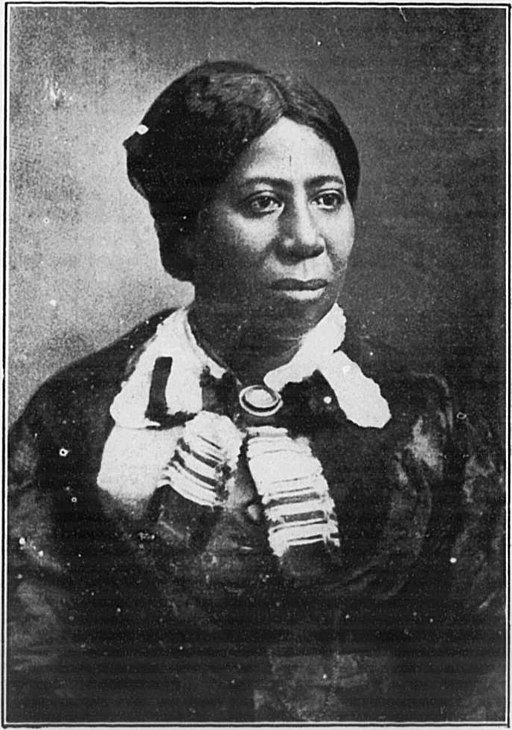
Source: http://memory.loc.gov / Wikimedia Commons
Behind Every Movement: Throughout Women’s History Month, we will be examining the women behind prominent male historical figures and the essential roles that they played.
Anna Murray Douglass’ story is often overshadowed by that of her famous husband, Frederick Douglass, however, this mother, wife, and abolitionist played a major role in the movement to aboloish American slavery and is worthy of way more recognition than she actually receives. Murray was born around 1813 in Maryland to formerly enslaved parents, according to Smithsonian Magazine. Murray was the first of her siblings to be born free after their parents were manumitted.
Murray lived with her parents until she was 17 years old and then she relocated to Baltimore where she found work as a domestic helper. During her time working in the Maryland city, which was bustling with more than 17,000 free Blacks, she managed to earn and save a decent amount of money. While in Baltimore, Murray met Douglass. Though it’s not completely clear where they met, historians believe that they crossed paths while attending the same church in 1838. However they met, the encounter would change both of their lives forever. After becoming acquainted, Murry and Douglass decided that they wanted to start a life together, but first, Douglass needed his freedom.
Murray played a significant role in Douglass’s escape to freedom in New York City and some believe that he may not have been able to do without her assistance. Douglass borrowed the freedman’s protection certificate from one of his friends and wore a sailor disguise that was sewn by Murray. It is also believed that he used some of Murray’s money to buy a train ticket to New York City. Shortly after, they exchanged vows at a wedding ceremony held at abolitionist David Ruggle’s home.
The newlyweds would make a home in New Bedford, Massachusetts, and went on to welcome five children. As their family grew, so did Douglass’s involvement in the abolitionist movement. He traveled frequently speaking at various gatherings and he also spent two years in England away from his family. While he was away, Murray saved all of the money that he sent home and only spent the money she earned through her shoe repair business to support the family.
After Douglass returned from England, the family moved to Rochester, New York where they hid runaways who were passing through as a part of the Underground Railroad. Sadly, as Douglass’s success and popularity grew in abolitionist circles, rumors and infidelity and criticism of Murray from fellow abolitionists surfaced. Murray, however, played a major role in the movement and did not receive the credit and recognition that she deserved. Murray’s duties included cleaning the home, hiding and caring for runaways, managing other guests, keeping the Underground Railroad a secret, and dealing with Douglass’s abolitionist friends and peers, who were not always the kindest to her and felt that she was not good enough to be with Douglass.
“People judge Anna to not be good enough for their great, darling Douglass,” said historian Leigh Fought, author of Women in the World of Frederick Douglass. “Some of it is racially prejudiced because she’s darker-skinned. They don’t believe she’s pretty enough.”
The family also experienced their share of hardships. Douglass had to flee the United States in 1859 after John Brown’s raid on Harper’s Ferry to avoid being arrested. Their daughter, Annie, died at 10 years old in 1860, and their home was burned down in 1872 due to suspected arson.
Murray died after experiencing multiple strokes in 1882. Today, we honor and celebrate Anna Murray Douglass for the role that she played in the abolitionist movement.









